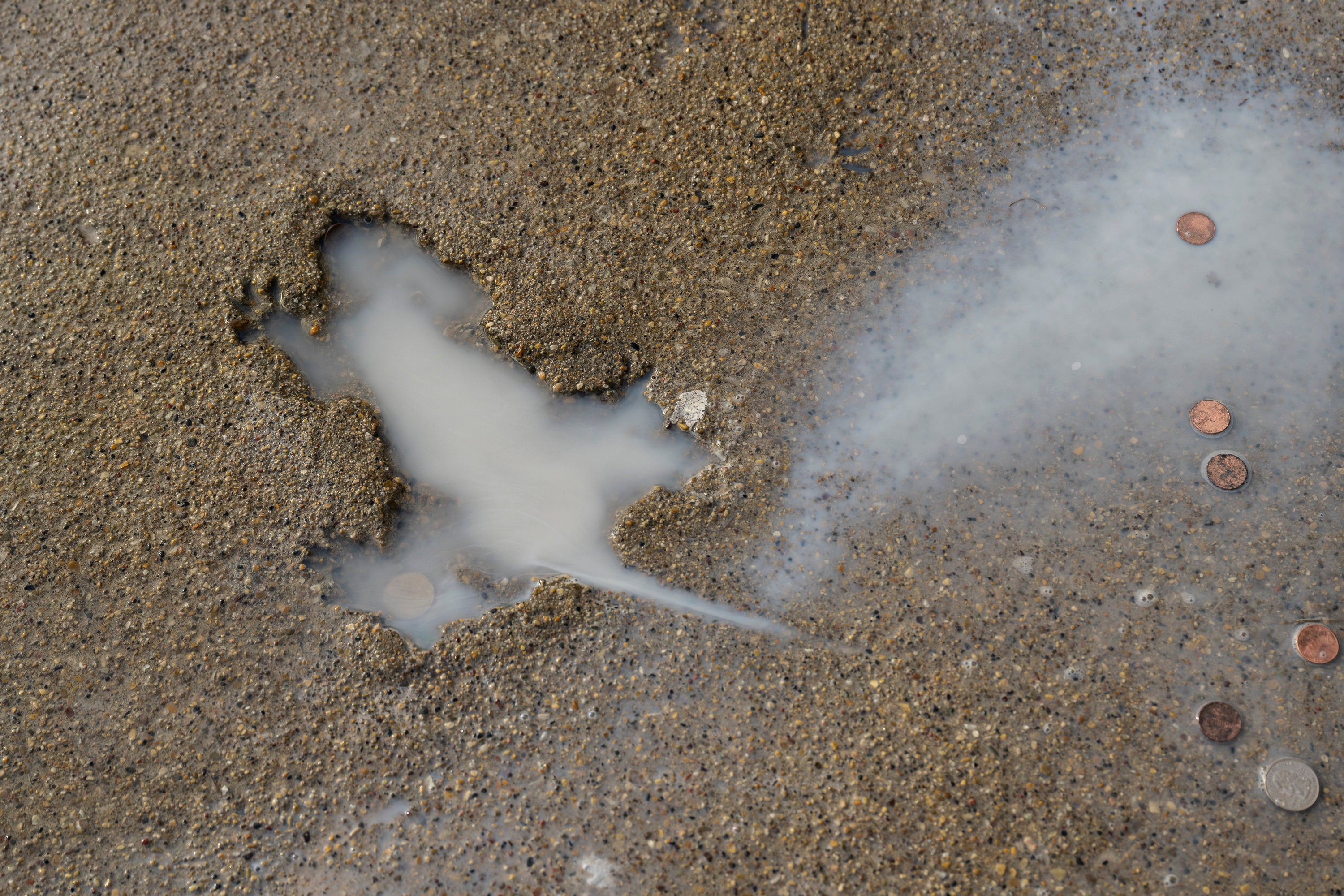One of Chicago‘s more unusual local landmarks, the so-called “rat hole”, may finally have had its mysterious origins debunked by researchers.
Far from being a relic of the city’s notorious gangster past or a dilapidated tenement, the peculiar imprint is actually a full-body impression of an unfortunate creature that became trapped in wet pavement cement.
Located in the city’s Roscoe Village neighbourhood, the impression is believed to be between 20 and 30 years old. It closely resembles a spread-eagled rat, complete with discernible outlines of tiny claws, limbs, and even a tail.
The quirky landmark gained widespread attention early last year after comedian Winslow Dumaine shared a photograph of it on X. This viral moment prompted curious tourists to visit the site at all hours, often leaving coins and other peculiar objects as tributes around the impression.

The constant traffic drew complaints from neighbors, though, and in April 2024 someone filled the impression with a substance resembling plaster. City workers eventually removed that slab of sidewalk and took it to the City Hall-County Building. A plaque honoring the rat hole remains at the actual site.
Researchers hailing from the University of Tennessee, New York Institute of Technology College of Osteopathic Medicine and the University of Calgary published a paper Wednesday in the journal Biology Letters that concludes the rat hole was most likely created not by the titular rodent but a squirrel or a muskrat.
The researchers studied online photos of the rat hole and compared measurements of the imprint to museum specimens of animals commonly found in the Chicago area. The presence of arms, legs and a tail excluded birds, snakes, frogs and turtles, shrinking the possibilities to a mammal. The claw outlines further reduced the field to rats, mice, squirrels, chipmunks and muskrats, the study said.

The creature’s long forelimbs, third digits and hind paws were too large for a rat but fell into the measurement ranges for Eastern gray squirrels, fox squirrel and muskrats. The most probable suspect is the Eastern gray squirrel given how abundant that creature is in the Chicago area, the study states, noting that other researchers have theorized that a squirrel created the imprint, pointing out that cement is typically wet during the day and rats are nocturnal; the creature didn’t leave any tracks, suggesting a squirrel misjudged a leap or slipped from a branch and landed in the wet cement.
The researchers acknowledged that the imprint did not feature a bushy tail. But they noted that hair often lacks the rigidity to create deep, well-defined impressions and it would have been surprising to find such an imprint.
“We therefore propose that the specimen be rechristened the ‘Windy City Sidewalk Squirrel’ — a name more fitting of its likely origins and more aligned with the evidence at hand,” they wrote.



0 Comments